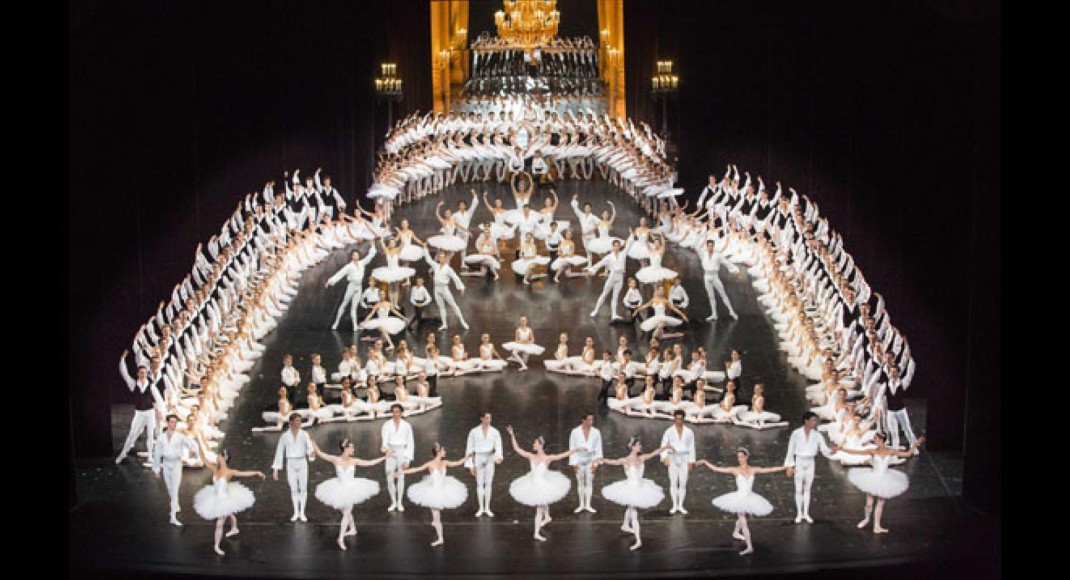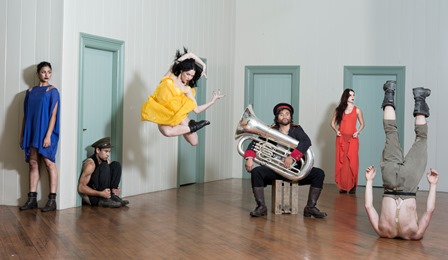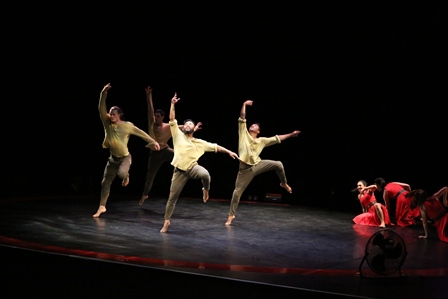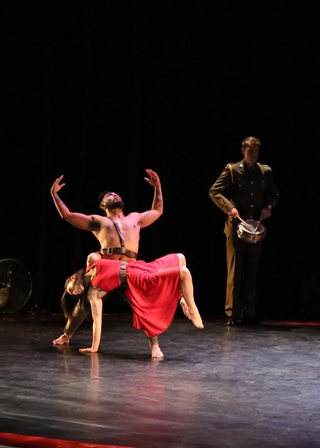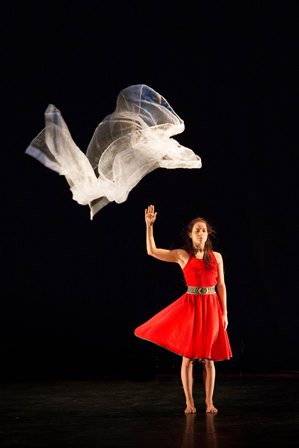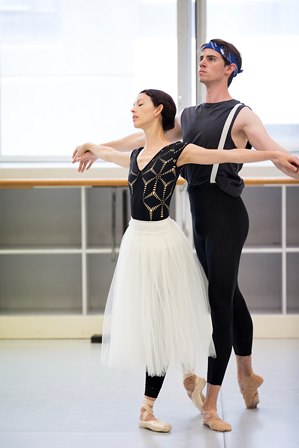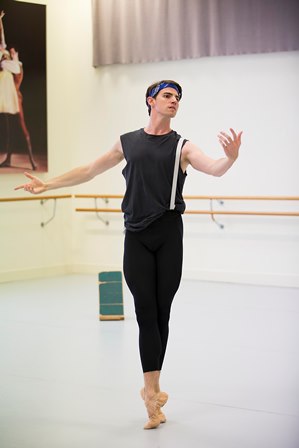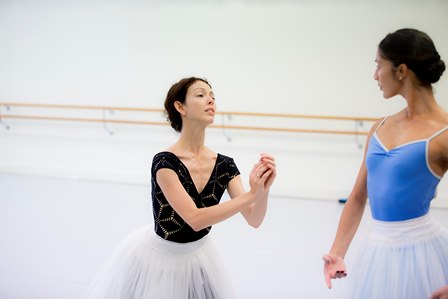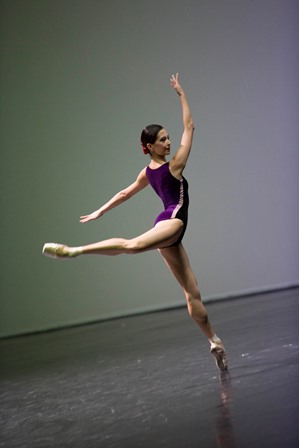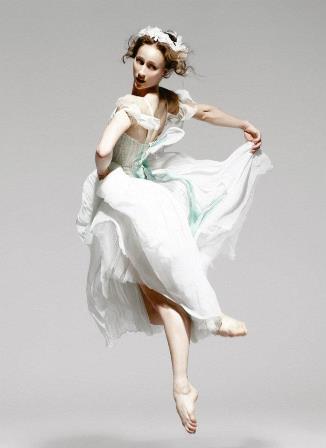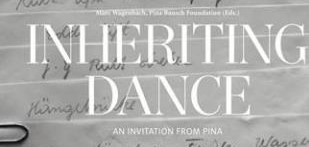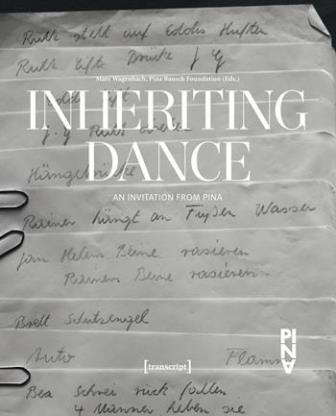The Paris Opera Ballet once again demonstrated its incredible technical and artistic strengths in Celebrate Dance, a film introduced by the company’s retiring director Brigitte Lefèvre and recently released in Australian cinemas. Opening the program was the Paris Opera Ballet’s traditional parade of dancers from the company and its school—the défilé—seen for the first time on film. This spectacular presentation begins in a chandeliered ante-room, the foyer de la danse of Degas fame. Some 350 artists and artists-to-be, beginning with the youngest children from the ballet school and ending with the étoiles of the company, make their way from the ante-room down the stage of the Palais Garnier, giving a bow as they reach the front of the stage before moving into assigned places. There is no formal dancing as such but it generates goose-bumps to see these dancers on parade, and to hear the audience honour them with, as might be expected, the greatest applause given to the étoiles, who enter singly rather than in a group as happens with the rest of the artists. Finally they form a tableau which Robert Greskovic has described in his book Ballet 101: a complete guide to learning and loving the ballet: ‘In its final tableau the défilé amasses a garden of ballet beauty, paying homage to the art form’s continuity and freshness.’

There is also an account of the origin of the défilé du ballet, as it is now called, in Greskovic’s book. He notes that this parade of dancers was introduced by ballet master Léo Staats in 1926, when it was called Le défilé. The name was changed to Le grand défilé when the director of the company was Serge Lifar. Currently it is performed to the March of the Trojans from Les Troyens of Hector Belioz. Staats set it to the March from Richard Wagner’s Tannhäuser.
The défilé was followed by a performance of Études, which Lefèvre spoke of in her introduction as being a rather challenging ballet! But the Paris Opera Ballet seemed to sail through the performance with all the precision and technical expertise that the work demands. I enjoyed in particular one of the opening sequences done at the barre in which the dancers showed three different types of ronds de jambe—à terre, en l’air and grands, with perfect timing and precision, every leg at the same height, every foot closing at the same time and so on. Mesmerising mechanics performed with speed! These opening sections at the barre were enhanced, I thought, by moody lighting in which the upper part of the body was scarcely visible at times. It gave absolute focus to the precise movements of the lower body, a special effect of the film not usually achieved in a stage performance.
Dorothée Gilbert danced the leading female role in Études and she was partnered by Joshua Hoffalt and Karl Paquette. It was impossible not to be stunned by their joyous dancing—in particular by Gilbert’s beautifully controlled balances and multiple turns, and the beats, turns and jumps of the two men. But every dancer performed astonishingly well. And again yes, O’Neill was there turning fabulous fouettés and making her presence well and truly felt.
I regret that circumstances did not allow me to stay to see the final section, excerpts (as far as I could tell) from Nutcracker. I would be delighted to receive comments on this last section.
Michelle Potter, 19 April 2015
Footnote: And on the subject of Études, I recently interviewed Lisa Pavane for the National Library of Australia’s oral history program. When this interview goes online, hopefully soon, it is worth listening to Pavane’s account of dancing in Études. It was after her opening night performance in this extremely demanding ballet in 1986 that she was promoted to principal.
